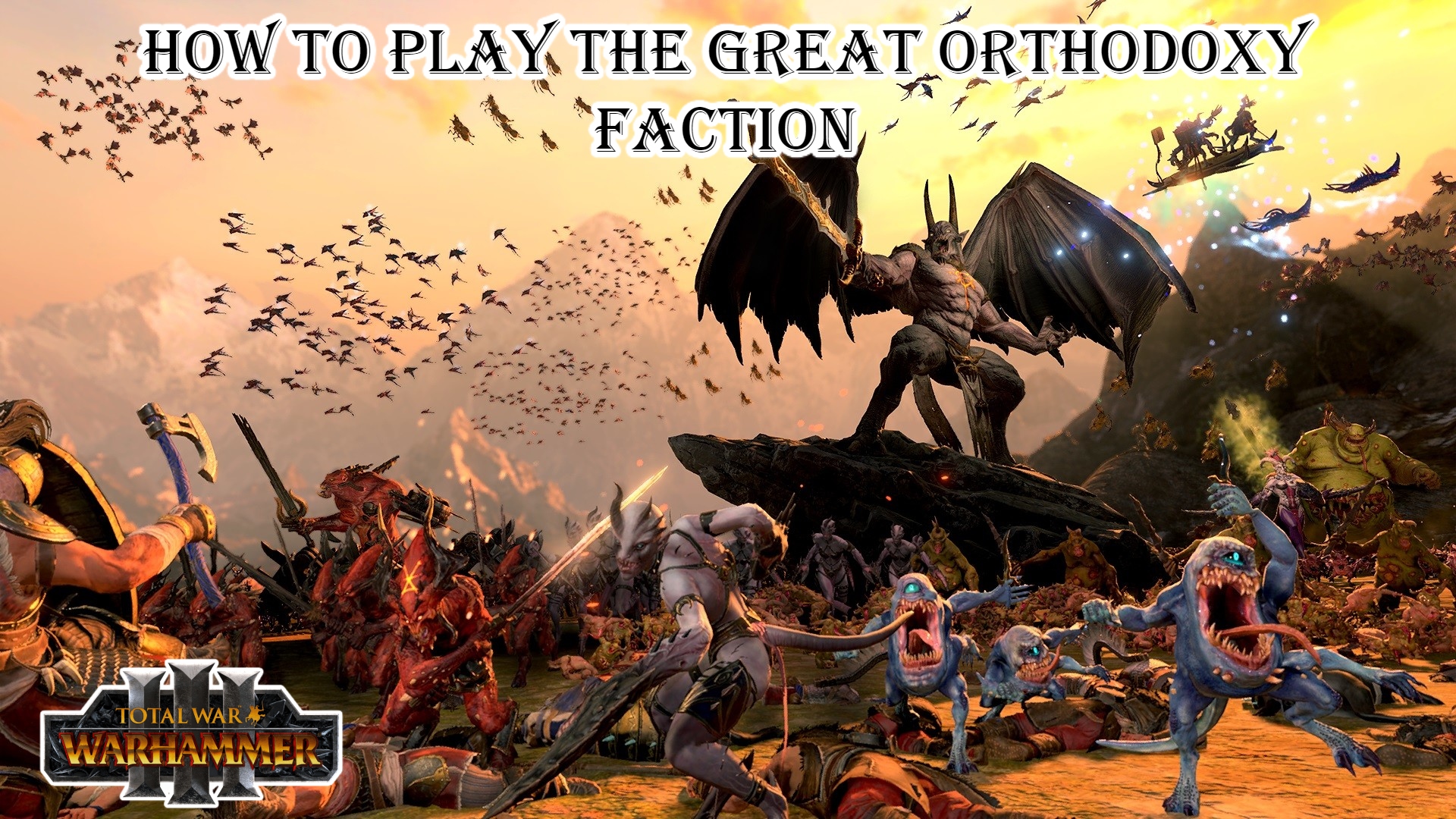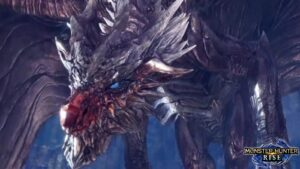How To Play The Great Orthodoxy Faction In Total War: Warhammer 3. Total War: Warhammer 3 is now available, completing Creative Assembly’s grand strategy trilogy. The third game transports players to distant Cathay and the twisted Realms of Chaos, far from the familiar Old World. Total War: Warhammer 3 features eight playable factions, each with their own set of advantages and disadvantages.
Kislev, the realm of ice and tundra, is one of the few Total War: Warhammer 3 factions that appeared in prior games. Kislev is the Warhammer world’s counterpart of Russia and Eastern Europe, although it a nation torn apart by a major religious rift. Tzarina Katarin’s Ice Court or Supreme Patriarch Kostaltyn’s Great Orthodoxy are the two factions that potentially lead Kislev. Kislev’s spiritual backbone is the Great Orthodoxy, and the Rasputin-esque Kostaltyn has a sacred obligation to seize control from the Ice Witch Katarin.
Table of Contents
The Land of the Mother
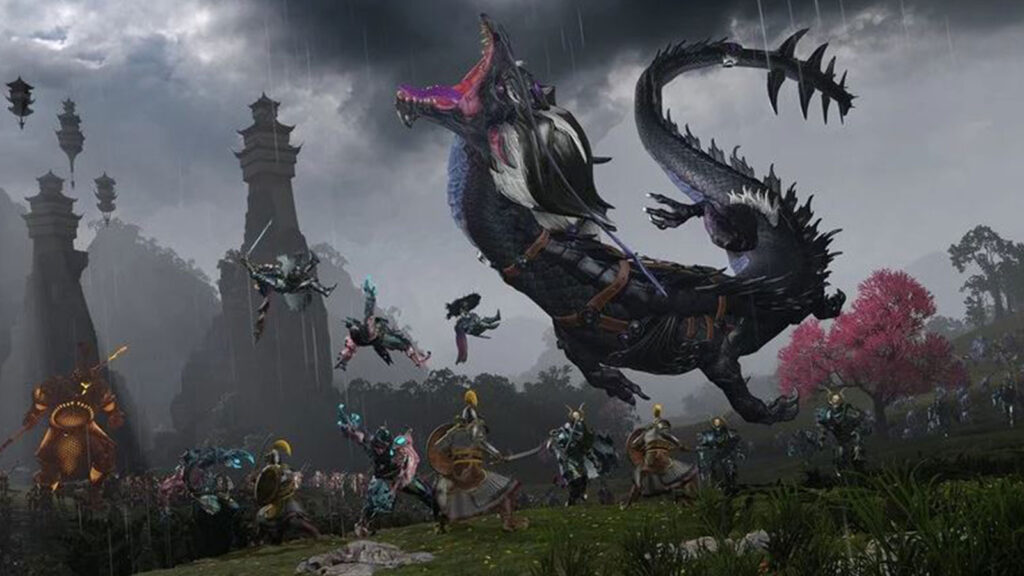
The Motherland, which portrays the war for popular support between Kostaltyn and adversary Katarin, the first of Kostaltyn’s turn-based campaign mechanics. By spending Devotion on offerings to the four gods of Kislev, Kostaltyn can improve the Motherland’s support. He can also use Devotion or Coin to reduce Katarin’s Motherland support.
Devotion can earned in a variety of ways, including by defeating Chaos-aligned troops and executing their captives, but it can also obtained through certain Buildings, Events, Hero deeds, and Technologies.
When Kostaltyn gets the maximum amount of supporters, he’ll gain some significant bonuses and immediately ally with Katarin, assuming complete control of Kislev. Although Kostaltyn’s dangerous position in the far west of the map does not put him in the middle of Kislev’s civil conflict, it does provide him with easy access to Chaos-infested Norsca, a good site for farming Devotion.
Kostaltyn will get additional Devotion as a result of Patriarch acts, therefore players should try to recruit as many religious Heroes as possible.
The Atamans
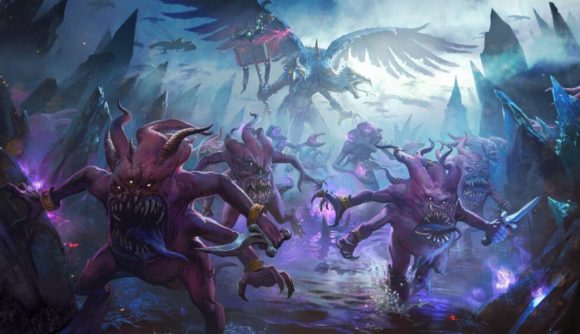
Kostaltyn, like his opponent Katarin, cannot control all of Kislev alone. He will entitled to appoint an Ataman governor for every two entire provinces he takes. Atamans are unique Lords who focus on city management rather than army command. Each Ataman has unique stats that can help the region they’ve allocated to increase income, growth, control, or lessen corruption.
Atamans, unlike other Lords in Total War: Warhammer 3, do not receive XP in the traditional sense; instead, they obtain attributes through special Events. They’ll added to the garrison of any city they’re in charge of, and they’ll able to lead an army at no cost to them.
Also Read: Death’s Door Code In Horizon Forbidden West
Players should only employ this last feature in an emergency, as Atamans have no particular army-leading powers, and their governor benefits no longer given while on campaign.
The Court of Ice
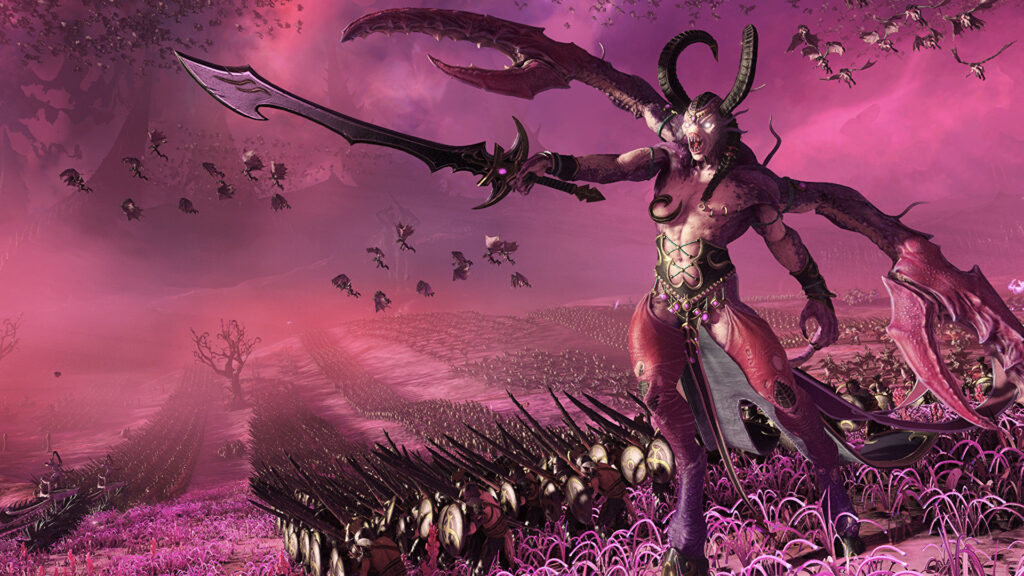
Despite his opposition to an Ice Witch governing Kislev. Kostaltyn recognises that Kislev will struggle to overcome the Chaos Gods’ army without battle wizards. As a result, he has access to the Ice Court feature. Which allows him to bolster his forces by training fresh Frost Maidens and Ice Witches.
While the Lores of Ice and Tempest will always be handy on the battlefield. Kostaltyn’s dislike of magic means he doesn’t have any specific advantages against casters. This means that Great Orthodoxy players should limit. Their use of magic in their armies and instead concentrate on Boyar Lords and Patriarch Heroes. Which are far more successful under Kostaltyn’s command.
Battle of Kostaltyn
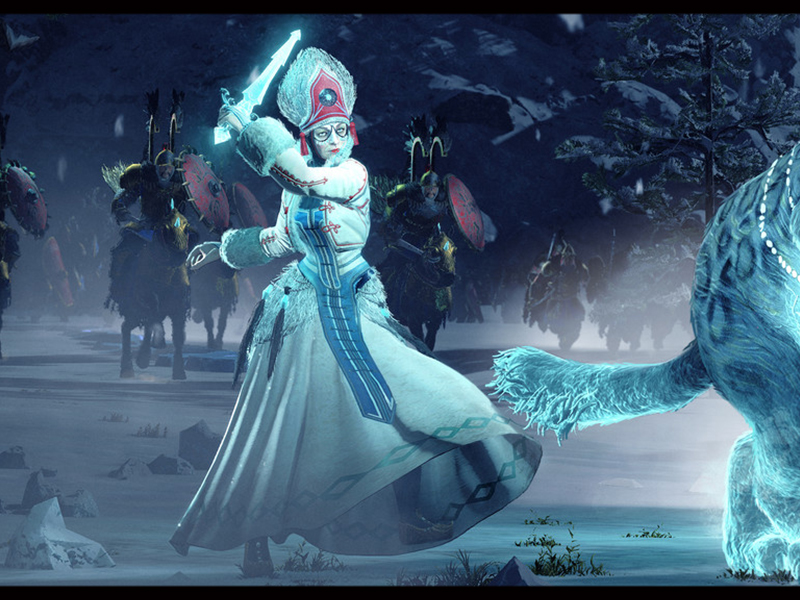
Despite sharing units with his opponent Katarin, Kostaltyn’s armies designed to played in a slightly different way. Kossars, Kossovite Dervishes, and Horse Archers receive significant Attack and Leadership benefits from his group. These troops are largely from Kislev’s lower ranks. And they represent traditional steppe people who prefer the Great Orthodoxy to Tzarina Katarin’s court.
Rather than a few elite stacks. Kostaltyn should assemble numerous armies of low to mid-tier units to take use of these perks. Patriarchs, a Hero Kostaltyn should be recruiting whenever possible, can enhance the leadership and strength of these armies.
In addition, when Kostaltyn’s personal army is above half health. They receive the Frenzy trait, which greatly improves their close-combat powers. While the Kossovite Dervishes and Horse Archers harry the enemy flanks with their rapid light cavalry. The numerous hybrid-infantry Kossars can rain down arrows and bullets before charging into combat.
